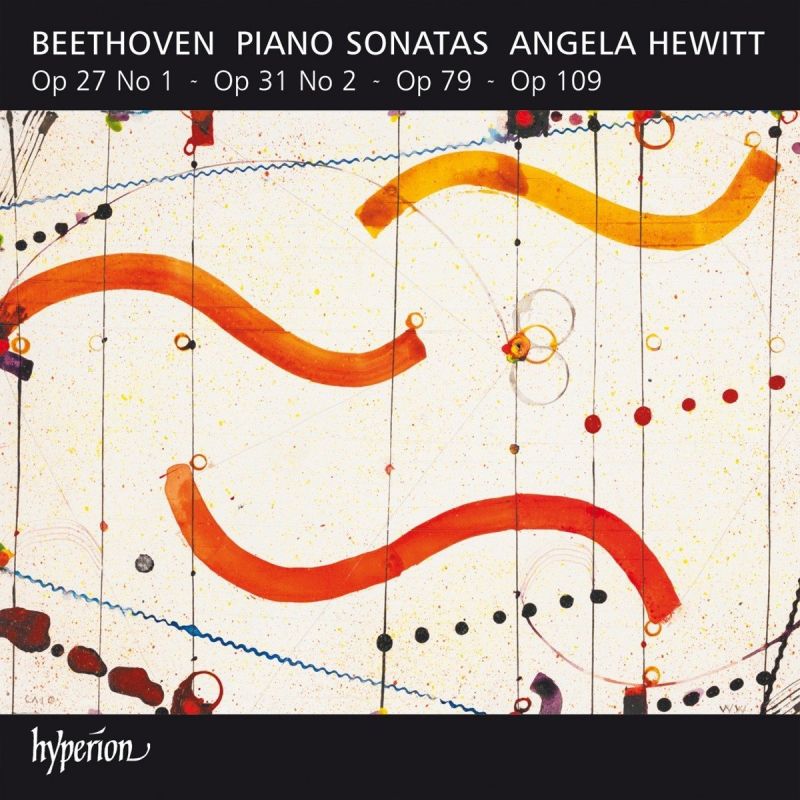BEETHOVEN Piano Sonatas (Hewitt)
View record and artist detailsRecord and Artist Details
Composer or Director: Ludwig van Beethoven
Genre:
Instrumental
Label: Hyperion
Magazine Review Date: 07/2018
Media Format: CD or Download
Media Runtime: 70
Mastering:
DDD
Catalogue Number: CDA68199

Tracks:
| Composition | Artist Credit |
|---|---|
| Sonata for Piano No. 17, 'Tempest' |
Ludwig van Beethoven, Composer
Angela Hewitt, Piano Ludwig van Beethoven, Composer |
| Sonata for Piano No. 13, 'quasi una fantasia' |
Ludwig van Beethoven, Composer
Angela Hewitt, Piano Ludwig van Beethoven, Composer |
| Sonata for Piano No. 25 |
Ludwig van Beethoven, Composer
Angela Hewitt, Piano Ludwig van Beethoven, Composer |
| Sonata for Piano No. 30 |
Ludwig van Beethoven, Composer
Angela Hewitt, Piano Ludwig van Beethoven, Composer |
Author: Patrick Rucker
One curious aspect of Hewitt’s Beethoven is the pervasive absence of rhythmic tension. Change, be it of texture, tempo, harmony or affect, seems always prepared by a subtle, reflexive pulling back. This mitigates cumulative suspense, surprise at an unanticipated direction, even delight at a humorous juxtaposition, because we’ve been tipped off in advance. It also has the effect of homogenising the macrocosmic dimension of sonata structure. With the reduction of tension in quick movements, the slow movements’ contrasting affect, whether intended to relax or ratchet up the expressive urgency, is rendered less vivid. In place of Beethoven’s vibrant rhetoric, his often emphatic point of view, a sort of blandness becomes the status quo.
To cite random examples, the Tempest Sonata’s first movement hinges on a back-and-forth between a scene-setting largo arpeggio, an affect which expands as the movement progresses, and the agitated tumult that gives the sonata its name. Near the end of the development (5'46"), Beethoven enlarges the largo affect to a full-blown recitative, marked ‘simply and with expression’. Here it is treated with such freedom that the underlying pulse is lost, and with it any sense of pathos.
In the loftier realms of Op 109, following a pedestrian Vivace ma non troppo and a Prestissimo verging on the nonchalant, the beautiful aria and its variations gradually become so sapped of energy that, by the sixth variation, forward motion seems a weary plod from beat to beat. Whether such procedures can intimate an ascent to supernal grace must remain moot.
Discover the world's largest classical music catalogue with Presto Music.

Gramophone Digital Club
- Digital Edition
- Digital Archive
- Reviews Database
- Full website access
From £8.75 / month
Subscribe
Gramophone Full Club
- Print Edition
- Digital Edition
- Digital Archive
- Reviews Database
- Full website access
From £11.00 / month
Subscribe
If you are a library, university or other organisation that would be interested in an institutional subscription to Gramophone please click here for further information.




